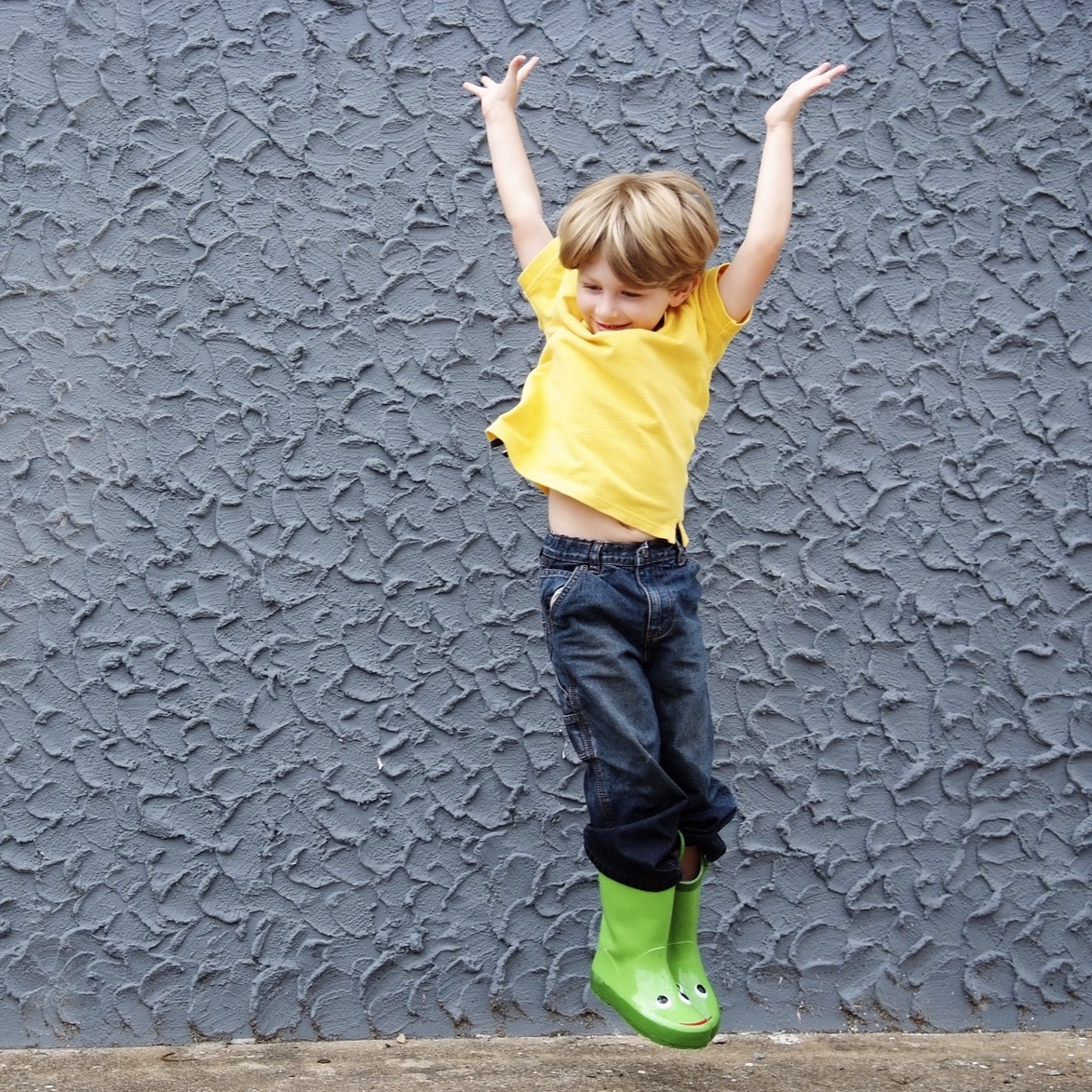Your child is capable of so many things.
It’s hard to ignore the negative messages about your neurodivergent child and family. “Neurodivergence” is an umbrella term to capture the unique experiences of folx whose brains simply function differently than the “norm”— a completely normal variation in the human genome. Many treatment approaches try to make neurodivergent people (especially children) change who they are in order to “fit in.” At kiND, I know another way is possible; in fact, I’d argue it’s the only way. I work with your family to help you celebrate what makes your child special and strong.
neu·ro·di·ver·gence
difference from the societal “norm” in individual brain function and behavioral traits, regarded as part of normal variation in the human population
How I help children + Families
I specialize in AD/HD, Autism, Sensory Processing Disorder, and more. My area of special focus is the “internalized” or “atypical” presentation— often this descriptor is given to girls, but it certainly includes boys, trans and nonbinary folx, and especially late-diagnosed individuals. Many neurodivergent children are dismissed as simply “quirky,” “precocious,” or “quiet”— traits that may be valued but are seldom examined in our culture. Other neurodivergent children may be called “drama queens,” “tomboys,” or “trouble makers.”
Despite the likelihood that neurodivergence is just as common in other genders as in cisgender male children, rates of diagnosis are still much lower among girls, trans, and nonbinary children and teens. Many consider this to be because research, diagnosis, and treatment has been so squarely focused upon the “typical male presentation.”
My developmental approach to treatment can catch the subtleties and nuances that others miss. Additionally, I am experienced in sensory integration theory— a critical perspective for working with most neurodivergent people. Because sensory regulation is so fundamental to engagement, I am also more than happy to coordinate or co-treat with your child’s occupational therapist (OT) and respectfully consider your child’s support needs as we get started.
Your child’s development may be different from the “norm,” but that doesn’t mean it needs fixing. All development happens in fits and starts; neurodivergent children especially will develop in their own time. I embrace a positive, strengths-based approach to help your child feel confident in who they are— and you and your family, too.
Below are a handful of common traits found in neurodivergent children and teens:
thrives on sameness and routine, needs things “just so”
sensory eating (“picky eating”) or eating disorders
fidgeting, needing to move, often “on the go”
disorganization, forgetfulness, and impulsivity
avoiding certain textures or fabrics, disrupted by clothes that feel itchy or too tight
refusing to shower or brush teeth, hates having hair brushed
difficulty making and keeping friends, observing peers from a distance, being bullied
gets in trouble at school for talking too much, getting distracted
difficulty starting tasks or activities— especially non-preferred ones, but even things they like
frequently feeling “overwhelmed” and having big reactions
giftedness or “spiky” developmental profile, great memory for facts/details, often called a “little professor” or “teacher’s pet”
so-called “late” talker or “early”/precocious speech skills
co-occurring conditions, such as anxiety, OCD, or selective mutism
intense interests, love of letters and numbers, voracious reader
Recognize anyone? Contact me to set up a free, 15-minute consultation and see how kiND can make “different” work for you.
image descriptions
top image: a bespectacled child with long, dark hair in a ponytail, leaning forward toward a line of toys on the windowsill. they are holding one of the toys and staring intently at them.
second image: a child with short blonde har is wearing a yellow t-shirt, jeans, and green rain boots, jumping with both hands extended upwards against a textured gray background wall.
third image: a child is seated on a couch, wearing a pink t-shirt and jean shorts. they are holding an open book in front of their face.
bottom image: a child with dark hair wearing an orange and white top is standing in front of the window, looking at the camera through the hole in an orange building block.




